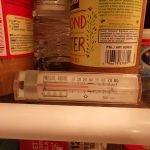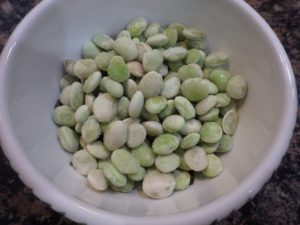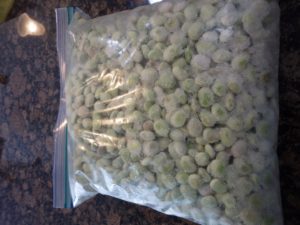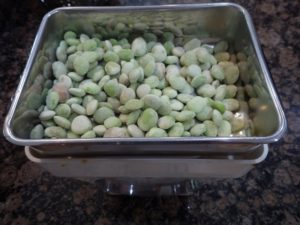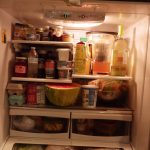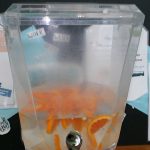“You can’t believe everything you see on the internet.” I think we’ve all said this to clients or classes at one time or another. But we all know that when someone wants a recipe or other information the first thing most people do these days is grab their phone and “Google it”.
But, what about food preservation? This really isn’t the same as cooking chicken for dinner or finding a cake recipe. Preserving foods safely requires the following research-based practices. The two most respected resources for food preservation are the United States Department of Agriculture’s (USDA) Guide to Home Canning https://nchfp.uga.edu/publications/publications_usda.html and the National Center for Home Food Preservation (NCHFP) https://nchfp.uga.edu.
So the question is….do people looking for food preservation recipes on the internet find safe and research-based recipes?
This was the question a group of researchers from the Cooperative Extension, University of Maine asked. According to a news release this group of researchers specifically looked at recipes for home-canned salsa found on popular food blogs. They selected salsa recipes because it is a popular condiment in the United States and found 56 recipes for canning salsa on 43 different food blogs.
They developed a tool to compare the bloggers’ recipes with a known safe recipe for home-canned salsa https://nchfp.uga.edu/how/can_salsa/choice_salsa.html from the NCHFP. The procedures and results of their study were published in Food Protection Trends Vol 39, No. 5. http://www.foodprotection.org/publications/food-protection-trends/archive/2019-09-adherence-of-food-blog-salsa-recipes-to-home-canning-guidelines/
A quick summary of what they found: Only four or 7% of all the recipes met all of the researchers’ criteria for safety.
What’s the “take-home message” for us?
- Unless you’re a food preservation food scientist, this isn’t the place to be creative and develop your own recipes.
- Food bloggers could be a great source of safe recipes and a good way to teach—not only food preservation but also food safety in general.
- The researchers’ recommendations suggest that one thing educators can do is reach out to bloggers (they called them digital food influencers) with information on food preservation and safety and encourage them to recommend USDA and NCHFP resources to their readers and followers to help reduce risk.
Cheryle Jones Syracuse, MS
Professor Emeritus, The Ohio State University



